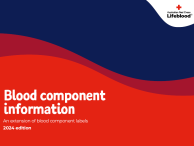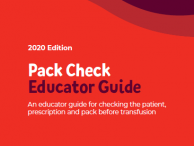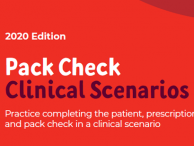Don’t have an account?
Select the donation type you’d like to make
Transfusion of blood components is a multi-step process. A uniform approach, outlined in a checklist, ensures that staff are aware of their responsibilities and the processes required for each step.
Tools such as checklists, when used correctly, support staff in making informed decisions regarding appropriate prescribing and safe transfusion practice.
Refer to the related resources below for a step-by-step guide on the process of blood prescribing and blood administration.
Updated April 2025
Checklist for prescribers and transfusion educators
Checklist for prescribers and transfusion educators
Blood Prescribing Checklist
File
Section
Checklists for administering and educating
Blood Component Administration Checklist
File
Section
Blood Product Administration Checklist
File
Section
Also see our prescribing tools
Blood Prescribing Card
File
Section
Red cell transfusion
File
Section
Red cell transfusion for postnatal patients not actively bleeding
Section
Prescribing red cells threshold table
Section
Platelet transfusion
File
Section
Fresh frozen plasma (FFP) transfusion
File
Section







